
Samuel Langhorne Clemens, known by the pen name Mark Twain, was an American writer, humorist and essayist. He was praised as the "greatest humorist the United States has produced," with William Faulkner calling him "the father of American literature." His novels include The Adventures of Tom Sawyer (1876) and its sequel, Adventures of Huckleberry Finn (1884), with the latter often called the "Great American Novel." Twain also wrote A Connecticut Yankee in King Arthur's Court (1889) and Pudd'nhead Wilson (1894), and co-wrote The Gilded Age: A Tale of Today (1873) with Charles Dudley Warner.

Paul Charles Joseph Bourget was a French poet, novelist and critic. He was nominated for the Nobel Prize in Literature five times.

"Lies, damned lies, and statistics" is a phrase describing the persuasive power of statistics to bolster weak arguments, "one of the best, and best-known" critiques of applied statistics. It is also sometimes colloquially used to doubt statistics used to prove an opponent's point.

"The Celebrated Jumping Frog of Calaveras County" is an 1865 short story by Mark Twain. It was his first great success as a writer and brought him national attention. The story has also been published as "Jim Smiley and His Jumping Frog" and "The Notorious Jumping Frog of Calaveras County". In it, the narrator retells a story he heard from a bartender, Simon Wheeler, at the Angels Hotel in Angels Camp, California, about the gambler Jim Smiley. The narrator describes him: "If he even seen a straddle bug start to go anywheres, he would bet you how long it would take him to get to wherever he going to, and if you took him up, he would foller that straddle bug to Mexico but what he would find out where he was bound for and how long he was on the road."
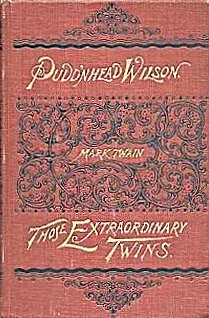
Pudd'nhead Wilson is a novel by American writer Mark Twain published in 1894. Its central intrigue revolves around two boys—one, born into slavery, with 1/32 black ancestry; the other, white, born to be the master of the house. The two boys, who look similar, are switched at infancy. Each grows into the other's social role.
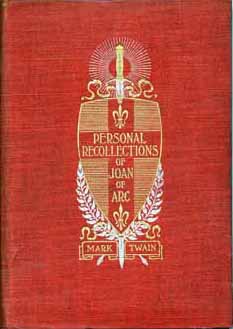
Personal Recollections of Joan of Arc, by the Sieur Louis de Conte is an 1896 novel by Mark Twain which recounts the life of Joan of Arc.

A Tramp Abroad is a work of travel literature, including a mixture of autobiography and fictional events, by American author Mark Twain, published in 1880. The book details a journey by the author, with his friend Harris, through central and southern Europe. While the stated goal of the journey is to walk most of the way, the men find themselves using other forms of transport as they traverse the continent. The book is the fourth of Mark Twain's six travel books published during his lifetime and is often thought to be an unofficial sequel to the first one, The Innocents Abroad (1869).
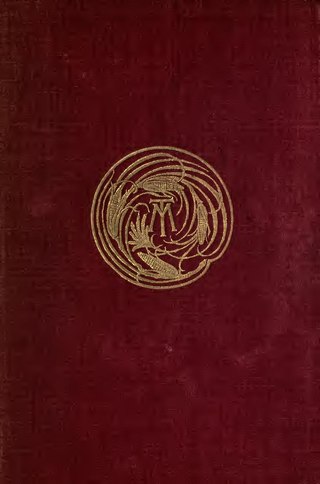
Christian Science is a 1907 book by the American writer Mark Twain (1835–1910). The book is a collection of essays Twain wrote about Christian Science, beginning with an article that was published in Cosmopolitan in 1899. Although Twain was interested in mental healing and the ideas behind Christian Science, he was hostile towards its founder, Mary Baker Eddy (1821–1910).
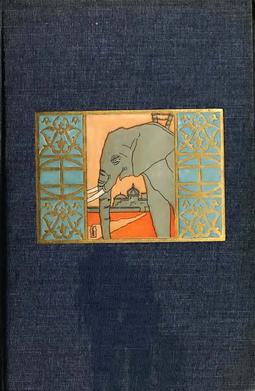
Following the Equator is a non-fiction social commentary in the form of a travelogue published by Mark Twain in 1897.
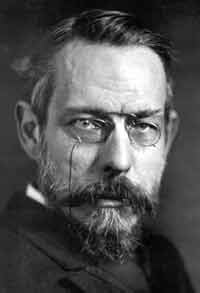
James Brander Matthews was an American academic, writer and literary critic. He was the first full-time professor of dramatic literature at Columbia University in New York and played a significant role in establishing theater as a subject worthy of formal study by academics. His interests ranged from Shakespeare, Molière, and Ibsen to French boulevard comedies, folk theater, and the new realism of his own time.
"Advice for Good Little Girls" is a humorous essay by Mark Twain, first published in 1865, which lists satirical pieces of advice for how young girls should behave. The Routledge Encyclopedia of Mark Twain called it an early precursor to Twain's satirical youth novels Tom Sawyer and Huckleberry Finn.

"Extracts from Adam's Diary: Translated from the Original Ms." is a comic short story by the American humorist and writer Mark Twain. The story was first published in The Niagara Book (1893), and was collected in Twain's 1903 book My Debut as a Literary Person with Other Essays and Stories. "Extracts from Adam's Diary" was first published as a book in 1904 by Harper & Brothers, with numerous illustrations by Frederick Strothmann.

The $30,000 Bequest and Other Stories (1906) is a collection of thirty comic short stories by the American writer Mark Twain. The stories contained span the course of his career, from "Advice to Young Girls" in 1865 to the titular tale in 1904. Although Twain had ample time to refine his short stories between their original publication date and this collection, there is little evidence to suggest he took an active interest in doing so. "A Burlesque Biography" contains only a few minor technical revisions which make it different from the 1871 version found in Mark Twain's "(Burlesque) Autobiography and First Romance". "Advice to Little Girls" shows slight revision from its earlier publication in The Celebrated Jumping Frog of Calaveras County.

"Concerning the Jews" is an 1899 short essay by Mark Twain. Twain had lived in Austria during 1896, and opined that the Habsburg empire used Jews as scapegoats to maintain unity in their immensely diverse empire.

Samuel Langhorne Clemens , well known by his pen name Mark Twain, was an American author and humorist. Twain is noted for his novels Adventures of Huckleberry Finn (1884), which has been called the "Great American Novel," and The Adventures of Tom Sawyer (1876). He also wrote poetry, short stories, essays, and non-fiction. His big break was "The Celebrated Jumping Frog of Calaveras County" (1867).
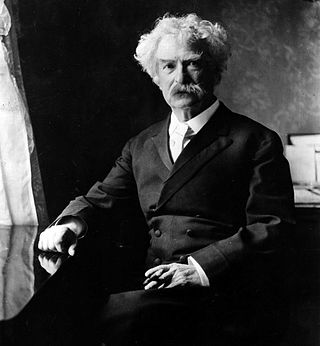
"Fenimore Cooper's Literary Offenses" is an essay by Mark Twain, written as a satire of literary criticism and as a critique of the writings of the novelist James Fenimore Cooper, that appeared in the July 1895 issue of North American Review. It draws on examples from The Deerslayer and The Pathfinder from Cooper's Leatherstocking Tales.
Chapters from My Autobiography are 25 pieces of autobiographical work published by American author Mark Twain in the North American Review between September 1906 and December 1907. Rather than following the standard form of an autobiography, they comprise a rambling collection of anecdotes and ruminations. Much of the text was dictated.

The Adventures of Tom Sawyer is an 1876 novel by Mark Twain about a boy, Tom Sawyer, growing up along the Mississippi River. It is set in the 1840s in the town of St. Petersburg, which is based on Hannibal, Missouri, where Twain lived as a boy. In the novel, Sawyer has several adventures, often with his friend Huckleberry Finn. Originally a commercial failure, the book ended up being the best-selling of Twain's works during his lifetime. Though overshadowed by its 1884 sequel, Adventures of Huckleberry Finn, the book is considered by many to be a masterpiece of American literature. It is alleged by Mark Twain to be one of the first novels to be written on a typewriter.

Thomas "Tom" Sawyer is the title character of the Mark Twain novel The Adventures of Tom Sawyer (1876). He appears in three other novels by Twain: Adventures of Huckleberry Finn (1884), Tom Sawyer Abroad (1894), and Tom Sawyer, Detective (1896).
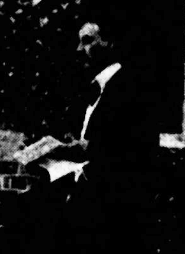
Sidney George TristMJI was an English animal welfare, anti-vivisection, anti-vaccination, and vegetarianism activist, journalist, and editor of several animal welfare publications.
















